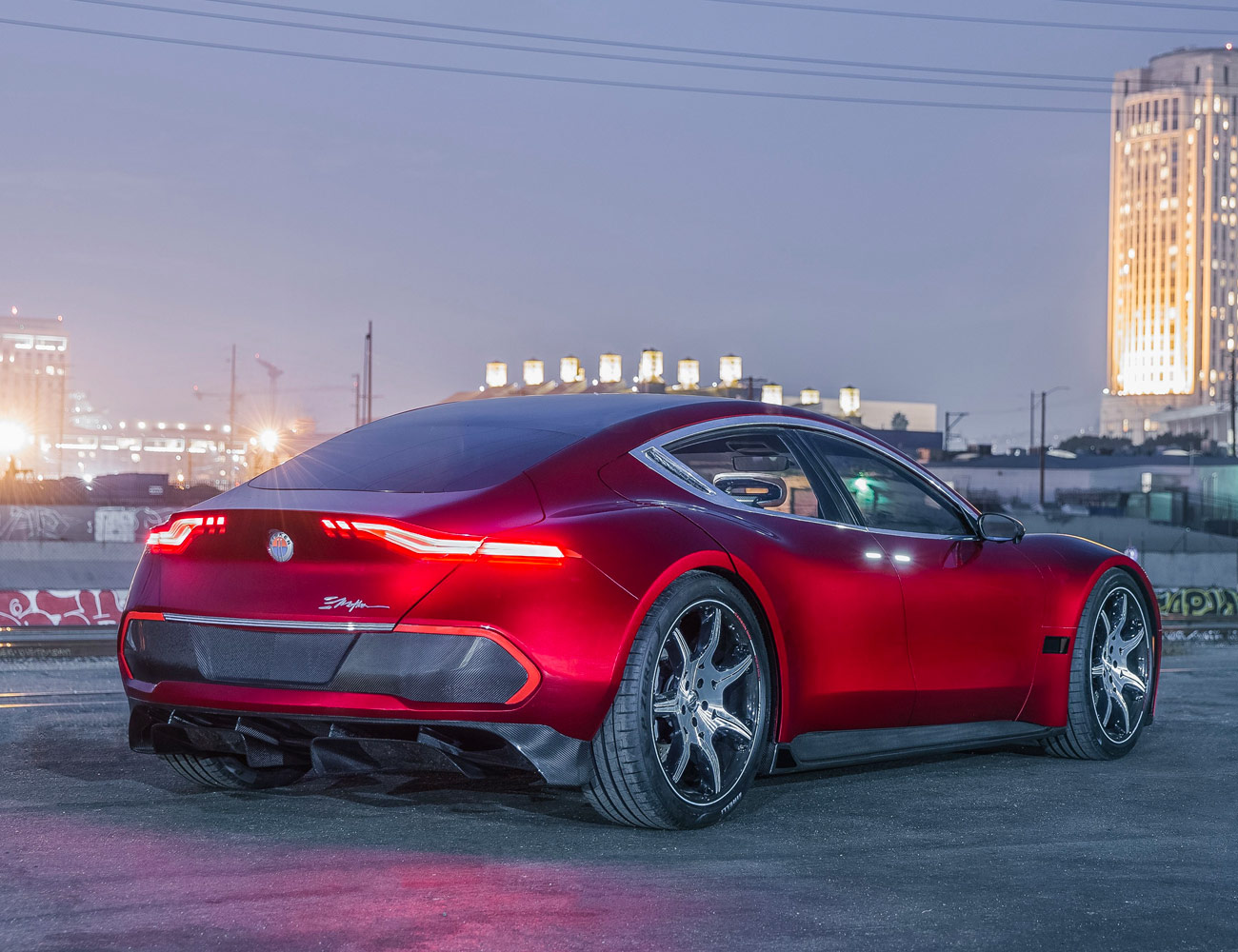Take a closer look at the historical timeline of the automobile and, like any other industry, you’ll see a select few innovations not just marking milestones but having long-lasting impacts we still feel today. Henry Ford’s assembly line in 1913, DuPont industrializing rubber for tires in 1920, Volvo inventing the three-point seatbelt and opening the patent in 1959 and airbags and ABS in the ’70s and ’80s — all seismic shifts altering the course of the modern automobile. And according to Henrik Fisker, we’re only two to three years away from the “big boom in electrification.”
Henrik Fisker is most famous for his design work on the Z8 at BMW, the DB9 and V8 Vantage at Aston Martin and, of course, the current iteration of the electric car company that bears his name, Fisker Inc. However, the Fisker EMotion all-electric luxury sedan and the similarly powered Orbit people carrier announced at CES are now just one facet of what Fisker Inc. is looking to accomplish. In Fisker’s own words, “we’re more than just a car company now. I would even consider us a battery company.” Over the past year, along with designing the anticipated cars, behind the scenes, Fisker has worked tirelessly testing and developing the battery technology he thinks will be the next giant leap, not just for electric cars but the automotive industry as a whole.
The “big boom” Fisker refers to is the application of solid-state batteries in mass-market automobiles. Solid-state batteries aren’t anything new — they were developed in the 1950s by Michael Faraday — but it hasn’t been until recently that rapid advancement of the technology has occurred. Solid-state batteries, as opposed to liquid-state like Lithium-Ion batteries that are the current status quo, employ the use of ceramics, glass or Lithium-Sulfide. What that means for the consumer is lighter, quicker-charging batteries.

“It’s pretty clear the current Li-Ion technology is not the final technology that’ll make it into mass-market electrification,” says Fisker. And looking at the spec-to-spec comparison, Li-Ion tech is a steam engine compared to the advancements happening with solid-state batteries. “They only have five percent more that can be improved and that’s not enough to beat the gasoline engine.” The main drawbacks to Li-Ion batteries are a penchant to overheat when fast charging and their notorious flammability.
Parallel to developing its cars, Fisker Inc. has been testing solid-state batteries on a small scale and is soon moving on to larger applications. “We might apply these batteries outside the car industry in applications that don’t require such large batteries. We hope to be producing large formed cells, where each cell is about one kilowatt-hour and put them into a battery pack and in a car for testing by next year.” Fisker Inc. claims that though current superchargers outperform the batteries, its batteries will match or exceed the performance of modern superchargers. “With the current best supercharger we would be able to charge the equivalent of 200 miles in about five to ten minutes, which is pretty fast,” says Fisker.
Fisker says if the maximum-capacity battery pack is used in the EMotion, it’d get up to a 750-mile range. On top of the ‘minutes to fully charge claim’ and Fisker claiming “this technology is at least two times cheaper than current battery technology,” it’s easy to dismiss his mission. Considering his tumultuous past in the industry some may consider his claims to be vaporware, and that’s nothing to say of how many electric car startups have come and gone. But the trend is gaining credible momentum — where the majority of startups are backed by random billionaires and interchangeable tech companies, brands like Toyota, BMW, Honda, Hyundai Motor Company and Nissan are already developing their solid-state battery technology.
It’s clear, as Fisker says, solid-state batteries are the next avenue for all-electric vehicles. Jaguar already announced its lineup will be all-electric and hybrid by 2020 or 2021 and Porsche is releasing the Mission E sometime next year. Where does Fisker think he can come out ahead in such a cutthroat industry? “As a new company, we start with a clean sheet of paper. We can develop an all-electric car from the ground up and not worry about building around a gasoline engine. We can be more radical in or innovation and capture the consumers’ attention.” The ‘big boom’ is inevitable. It’s just a matter of whether Fisker’s strategic positioning has put the company in a prime spot to supply the resulting wave of demand.

